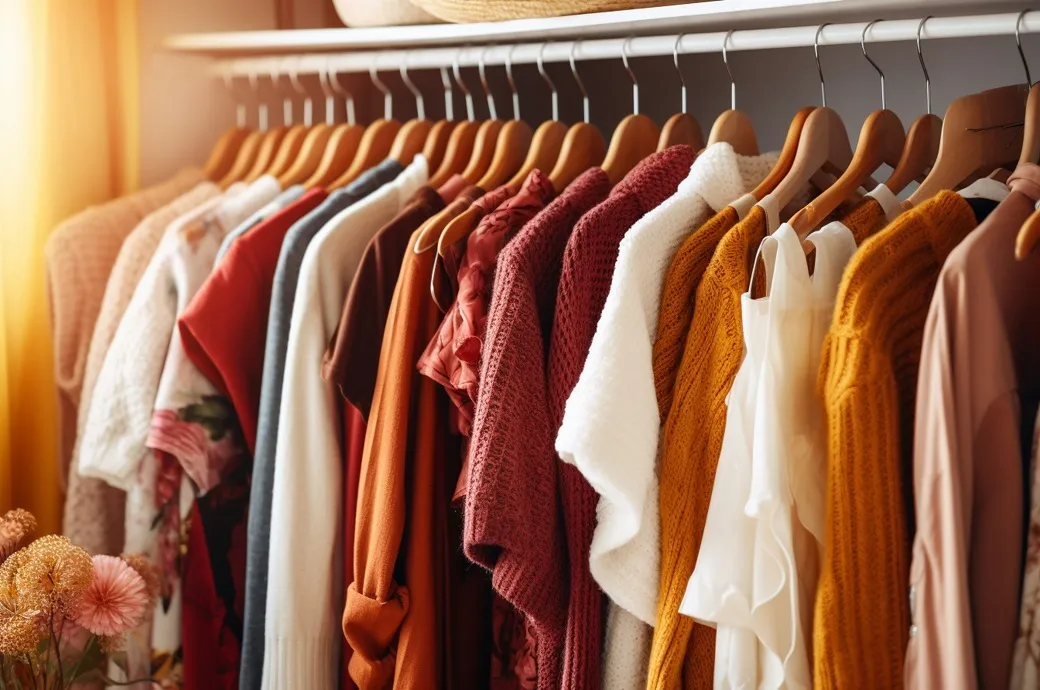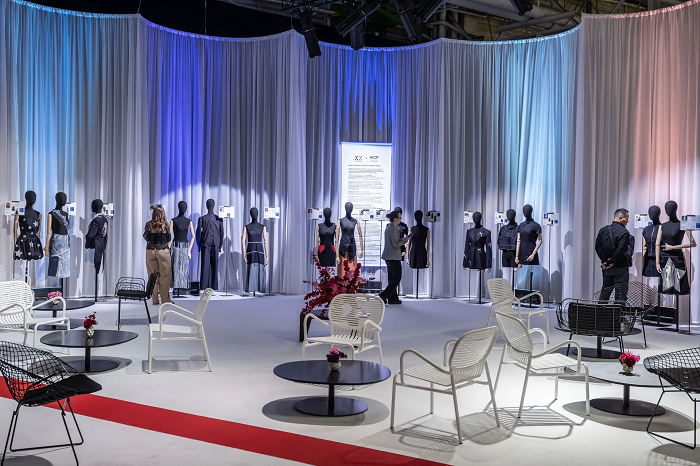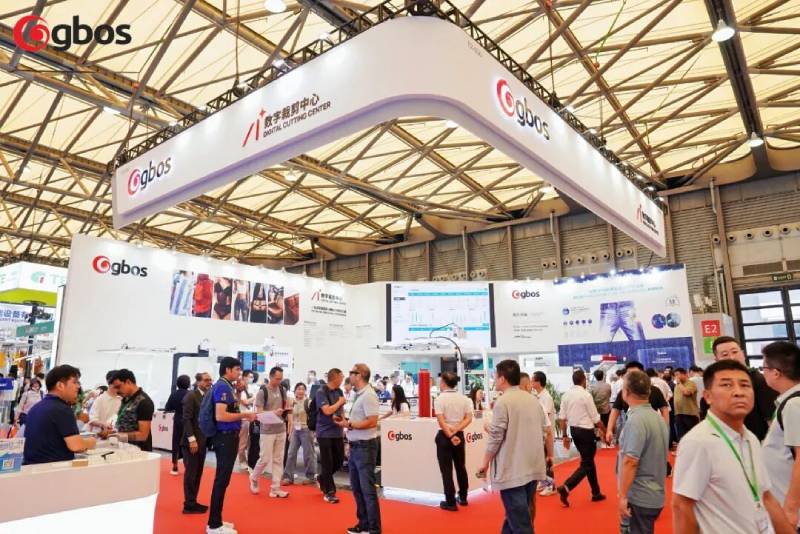
The US has decided to suspend the payment of $ 147 million it annually makes to Brazilian cotton farmers. The payment to Brazilian Cotton Farmers Fund is made to prevent the South American country from legally retaliating against unrelated US imports.
The US lost a case brought by Brazil in 2002 before the World Trade Organization. Brazil was joined by sub-Saharan cotton farming countries in successfully claiming that American cotton subsidies suppressed prices and hurt their impoverished farmers.
A World Trade Organization arbitration panel ultimately authorized Brazil to raise $591 million a year in retaliatory tariffs against US imports, and Brazil announced in late 2009 that it planned to target 222 categories of goods, including textiles, acetaminophen and certain intellectual property. That's when Congress stepped in and authorized the $147.3 million annual payments, in effect subsidizing the Brazilian cotton industry.
In fact, most US taxpayers will be stunned to know their country is making such a hefty payment to foreign farmers. Some people say Federal farm subsidies are bad fiscal, environmental and agricultural policy; bad water, energy and health policy; and bad foreign policy. They object to cotton subsidies, which divert huge money every year to fewer than 20,000 planters who tend to use inordinate amounts of water, energy and pesticides.
Argentina’s Global Compact Network and Sustainable Textile Center has launched the Code of Conduct and Handbook of Textile and Fashion. The textile and fashion industry is important for Argentine economy, but from the point of view of sustainability, this industry often operates at the expense of the environment and social factors.
The code was developed by the Nordic Fashion Association and the Nordic Initiative Clean and Ethical (NICE) in partnership with the United Nations Global Compact (UNGC). The initiative for preparing a code, specifically for the textile and apparel sector, was proposed by the UNGC in May 2012 at the Copenhagen Fashion Summit in Denmark.
Many companies recognize the need to collaborate and partner with governments, civil society, labor and the United Nations. The UN Global Compact is a strategic policy initiative for businesses that are committed to aligning their operations and strategies with 10 universally accepted principles in the areas of human rights, labour, environment and anti-corruption. This can help ensure markets, commerce, technology and finance advance in ways that benefit economies and societies everywhere.
With over 10,000 corporate participants and other stakeholders from over 130 countries, the Global Compact is the largest voluntary corporate responsibility initiative in the world.
The Council of Textile and Fashion Industries of Australia (TFIA) has outlined a series of priority areas to drive up jobs ahead of Australian elections. TFIA is calling on the government to support the textile, clothing and footwear industry in Australia. TFIA wants the government to give priority in procuring from Australian manufacturers than from international suppliers.
It is looking for an improved strategy in the development of creative design, trade and artisan skills, with further innovative education programs to meet the evolving demand of the industry towards digital production.
TFIA wants the government to support strategy that promotes opportunities for enterprises in the textile clothing and footwear industry of Australia. The body is calling for a reduction of taxes, which will allow it to be globally competitive. The labor body is seeking a reduction in red tape and a more innovative approach to sustainability. It wants clearer country of origin and safety labeling as it believes no-one is taking responsibility for the poor labeling and unsafe products being imported into Australia.
The Better Cotton Initiative (BCI) has been restricted only to Brazil, India, Pakistan and Mali. This year BCI gained the adhesion of producers from China, Turkey and Mozambique and, by 2015, the United States and Australia will also join the group. The movement establishes cotton cultivation with less environmental impact as well as more financial and social gains for the producer. BCI began only three years ago and so far it has had a three per cent share in the total production of sustainable cotton. In the next two years, BCI cotton is expected to reach 2.6 million tons produced by one million licensed producers. By 2020, the goal is to reach 30 per cent of the global cotton production, which would involve five million producers and potentially benefit 20 million people.
BCI’s expansion strategy for 2013 to 2015 builds not only on the entry of more producers, but also on expanding industry and retailer membership, thus improving the whole chain. The idea is that BCI should be the mainstream cotton, instead of operating in a niche market targeting consumers aware of sustainability issues. BCI determines that farmers use less water and pesticides, and respect crop rotation to improve soil fertility. Unlike other sustainability certification stamps, BCI declares itself technologically neutral – in other words, genetically modified cotton crops are accepted.
In India the use of pesticides has fallen 40 per cent, the use of water has fallen 20 per cent and productivity has increased 20 per cent, according to BCI.
The CIFF Future Fabrics fair and conference, planned for this September as a platform for sustainable and innovative textiles for the fashion and furniture industry, has been postponed because of a lack of confirmed exhibitors.
The event was due to take place in Copenhagen, at conference centre Bella Center, on September 8-10, 2013, but has now been postponed until 2014. The new fabric exhibition was also due to host accompanying conference ‘Future Fabrics Expo’, organized by The Sustainable Angle, which aimed to showcase innovative textiles, and those with a lower environmental impact, to designers, buyers and organizations.
The next Future Fabrics Expo 2013 will now take place in London later this year. Tanjia Davoil, exhibition manager from Future Fabrics, said, "Bella Center has tried to lift the bar, despite the fact that it is an inevitable direction for an industry that is among the most polluting in the world, the timing has just not been right. Exhibitors need more time and we are looking forward to return with Future Fabrics’ vision of pushing the fashion and textile industry in a more sustainable direction in the future." Copenhagen International Fashion Fair (CIFF) will continue to host its Spring-Summer 2014 fashion fair, to be held August 8-11 2013.
Eurostat the Statistical Office of the EU and EURATEX the European Clothing and Textile Federation has come up with the latest key figures (2012) for the European textile and clothing industries. Turnover of textiles at factory level dropped by 3.5 per cent or from EUR 104.8 billion to EUR 101.2 billion, and clothing decreased by 4.9 per cent or from EUR 101.9 billion to 96.9 billion. However, machinery and equipments added 1.3 per cent, or from EUR 113.9 billion to EUR 115.3 billion.
Mill consumption of fibres (Western Europe, CEEC and Turkey) is estimated at 4766 million t (4716 million t). In the EU27 the production index for manmade fibres stood at 87.0 points, down from 94.0 points, textile at 91.7 points (97.4 points) and clothing at 88.9 points (94.5 points). The production price index in EUR for manmade fibres settled at 106.8 points (110.9 points), textiles 107.8 points (106.2 points) and clothing 103.7 per cent (102.1 points).
Household consumption of textiles and clothing is estimated at EUR 482.7 billion (EUR 481.6 billion), manmade fibres EUR 9.6 billion (10.1 billion), textiles EUR 80.6 billion (83.7 billion) and clothing EUR 75.1 billion (EUR 77.4 billion). The grand total of all sectors amount to EUR 165.3 (EUR 171.2) billion.
The volume of investments in the manmade fibres sector amounted to EUR 0.25 billion (EUR 0.3 billion), in textiles to EUR 2.8 billion (EUR 3.0 billion) and in the clothing area EUR 1.9 billion (EUR 1.9 billion). Thus the grand total of all sectors amounted to EUR 5.0 billion (EUR 5.2 billion).
The manmade fibre sector employed in 78 (83) companies 21,000 (23,000) persons, textiles in 53,887 (55383) companies 6,74,000 (6,93,000) and clothing in 1,27,457 (1,31,399) companies 10,85,000 (11,19,000) persons. Thus the total number of companies amounted to 1,81,423 (1,86,865) and total employment to 17,80,000 (1,834,000).
Japan’s import of cotton yarn has declined by 2.8 per cent year-on-year to 140,784 bales during the first half of 2013. This was revealed from data by Japan Spinners’ Association. However, the data reveals Japan’s imports of combed yarn grew by a sharp 18.4 per cent to 69,562 bales from January to June.
Its cotton yarn imports from India shot up by 19.8 per cent year-on-year to 22,141 bales during the period under review, which included 18,973 bales of combed yarn, showing a rise of 17.6 per cent year-on-year.
Japan’s cotton yarn imports from Indonesia also surged to 55,093 bales during the six-month period, registering a growth of 19.2 per cent year-on-year. However, Japan’s cotton yarn imports from Pakistan dropped by a significant 41.3 per cent to 30,478 bales during the same period, according to the data.
Spanish company Jeanologia, a world leader in the development of sustainable technologies for finishing garments, and its partner in China, Prosperity Textile, have launched a sustainable technology Demo Centre in Guangzhou (China). The aim is to transform the Chinese textile industry into a sustainable and environmentally friendly one. It is being conceived as a referral centre in Asia for demonstration and training, specialized in sustainable technologies, such as laser and ozone that allows automation of the production process by reducing production costs while saving water, energy and chemicals and avoiding unhealthy processes of operators.
Jeanologia’s President, Enrique Silla, has expressed his commitment to ethical and responsible industry with the use of technologies that respect the environment and health of workers and has underlined that these technologies “are the future of the textile industry”.
On Demo Centre, Jeanologia’s President says that it will be an example of a factory of the future and will keep on training Chinese companies that want to apply these new technologies. “In this line highlighted that Jeanologia and Prosperity are aware that the industry is changing and we not only need to invest in machinery and technology, but it is necessary to train people in the new methods.”
He has forecasts that the production of jeans will not move from China to Bangladesh or Cambodia, but it will just change. "In just five years, China will remain the world's leading producer of jeans but this time thanks to the efficiency of sustainable technologies like laser treatments or the use of ozone instead of water" he said.
In his opinion "The times of shifting production from one country to another seeking lower labor costs are over. We are entering an era of technological efficiency. In a few years, no pants will be manufactured without the use of green technologies, China has the opportunity to transform their industry”.
Mexico wants China to do something about the subsidies China grants its textiles and garment manufacturing sector. In October 2012, Mexico had filed a complaint with the World Trade Organization, blaming the Chinese government for subsidizing its textile and garment manufacturing sector, resulting in unfair competition for the Mexican textile and clothing industry.
Meanwhile Mexico and China have agreed to increase trade and investment flows between the two countries and to support business missions to explore new areas of economic and commercial cooperation. Mexico feels that while it has dropped tariffs on a host of Chinese goods in recent years, the Chinese market remains for most purposes closed to Mexican goods. So Mexico wants to take a more aggressive stance with China. It hopes to gain greater access to Chinese markets, especially selling foodstuffs, manufactured goods, minerals and energy.
Mexico alleges Chinese manufacturers get export credits, have strong government support and enjoy the benefits of other unfair trade practices. The country wants a level playing field. China has a massive trade surplus with Mexico. Last year, it exported $57 billion worth of goods to Mexico, while Mexico only exported $6 billion to China.
Turkey’s textiles exports, excluding apparels, has seen an increase if 6.6 per cent in the first six months of 2013 compared to the corresponding period of last year.Turkish firms exported $4.164 billion worth of textiles to other countries during January to June 2013, accounting for 5.6 per cent of total Turkish exports.
Segment-wise, woven fabric exports earned $1.436 billion, followed by knitted fabric which fetched $845.6 million. Yarn exports from Turkey were worth $838.5 million, while fiber exports amounted to $307.8 million from January to June 2013. Exports to the EU accounted for 45 per cent of all Turkish textile exports during the six-month period.
Turkish textile exports rose to $7.75 billion in 2012 from $7.7 billion in 2011. Turkey exported textiles worth $542.2 million to Russia, $418.2 million to Italy, and $213.8 million to Germany during the first quarter of 2013.












